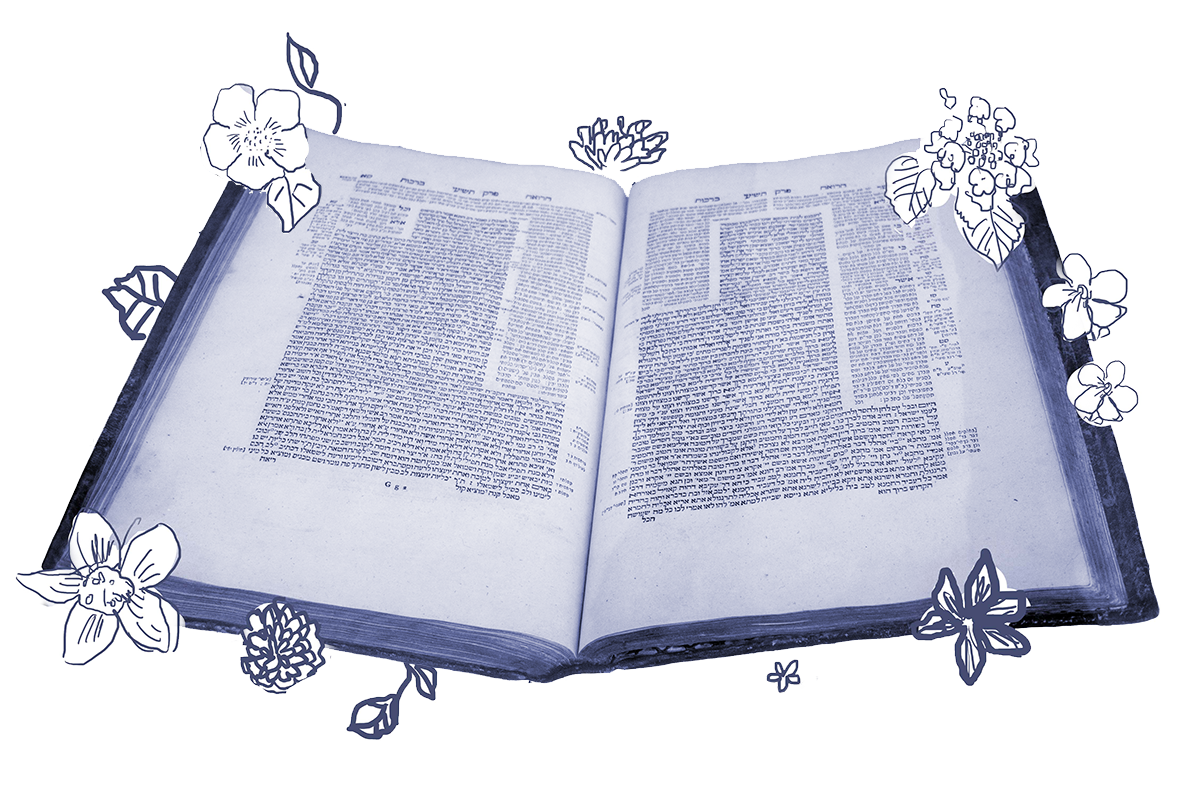Nowadays, many Jews who celebrate Passover put a seder plate on the table. This dish is primarily decorative, and it holds different food items that are important to the seder itself or symbolic of the themes of the holiday.
In the time of the Talmud, however, the communal seder plate hadn’t been invented yet, and so the rabbis on today’s daf debate whether or not each participant needs their own set of ritual foods, or whether the foods can be placed solely before the person leading the seder:
Rav Shimi bar Ashi said: There should be matzah before each person, maror before each person, and haroset before each person. But we only remove the table in front of the person who recites the story.
Rav Huna said: So too all of these things need only be before the person who recites the story.
With your help, My Jewish Learning can provide endless opportunities for learning, connection and discovery.
And the law is according to Rav Huna.
Rav Huna’s ruling wins out. By Rashi’s time, the understanding is that these foods are set on a plate, and that what the Talmud refers to as “removing the table” is a more symbolic action, as Rashi explains: “We only need to lift the plate in front of the eldest of the group who is leading the seder and reading the story.”
According to the Talmud’s explanation of this practice, however, the removal of the place setting may have originally been intended as a much more disruptive act than simply raising a plate.
Why do we remove the table? The school of Rabbi Yanai said: In order that the children will notice it and ask.
According to the school of Rabbi Yanai — whose theory fits with statements elsewhere in this chapter suggesting that the seder is primarily intended as a pedagogical tool — the leader’s place setting is removed precisely because it is a weird thing to do, and will therefore provoke the interest and curiosity of young seder attendees. In fact, doing weird things at the seder and getting children (or other seder participants) to ask about them is not only a goal of the seder, but is one of its required components: the Four Questions.
Abbaye was sitting before Rabbah. Abbaye saw that Rabbah was lifting the table in front of him.
Abbaye said to him: We have not yet eaten, and you are removing the table from before us?!
Rabbah said to him: You have acquitted us of our obligation to say Mah Nishtana (the Four Questions).
He began the recitation and said: We were slaves in Egypt …
According to this story, a young Abbaye is at seder with his teacher, Rabbah. Rabbah removes the table, at which Abbaye expresses confusion. Rabbah responds by saying, essentially, “Good job getting confused — that takes care of the point of the Four Questions! Let’s skip straight to the story.” He also implicitly answers Abbaye’s question: the point of lifting the table was, essentially, so that Abbaye to ask what the point was.
From this anecdote, we see that the Four Questions — which we’ll learn more about on tomorrow’s daf — are really just the minimum, standardized version of what much of the seder is ultimately meant to achieve: establishing a conversational dynamic in which children and adults alike are encouraged to learn by asking questions.
Read all of Pesachim 115 on Sefaria.
This piece originally appeared in a My Jewish Learning Daf Yomi email newsletter sent on March 16th, 2021. If you are interested in receiving the newsletter, sign up here.



